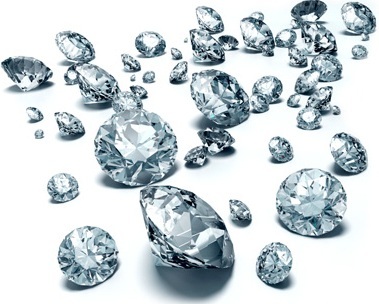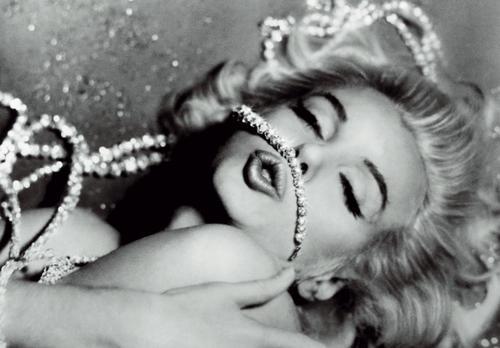Go for Genuine Sparkle Knock-off gemstones are everywhere these days. It is therefore important, as consumers, to learn the difference between real gems and fake ones. Here¿s our handy guide to help you distinguish the real deal from the faux stuff.
|  |
 |
Identifying Real Rubies from Fake Ones
|
| Identifying Real Emeralds from Fake Ones Real emeralds tend to have tiny inclusions inside which are visible when seen through a jeweller¿s loupe or sometimes even to the naked eye. Lab grown emeralds will have better colour and fewer internal flaws but will cost you a fraction of a real emerald. So if an emerald is being sold to you at throwaway prices, it¿s most likely fake. General Tips to Keep in Mind The best way you can ensure that you¿re buying real gemstones is to have the stone appraised by a professional jeweller. This usually costs money but it will give you peace of mind. You can also ask for a certificate attesting to the quality and price estimate of the gem from a reputed grading authority such as the European Gemological Laboratory or the Gemological Institute of America. The beauty of real gemstones is in their slight imperfections. If your gemstone is ¿too perfect¿ or very smooth, it is likely to be a fake. Real gems are a little bit flawed, externally and/or internally and can often feel ¿rough¿ or a little waxy. And always keep in mind the old adage, if something is too good to be true, it probably is! | |